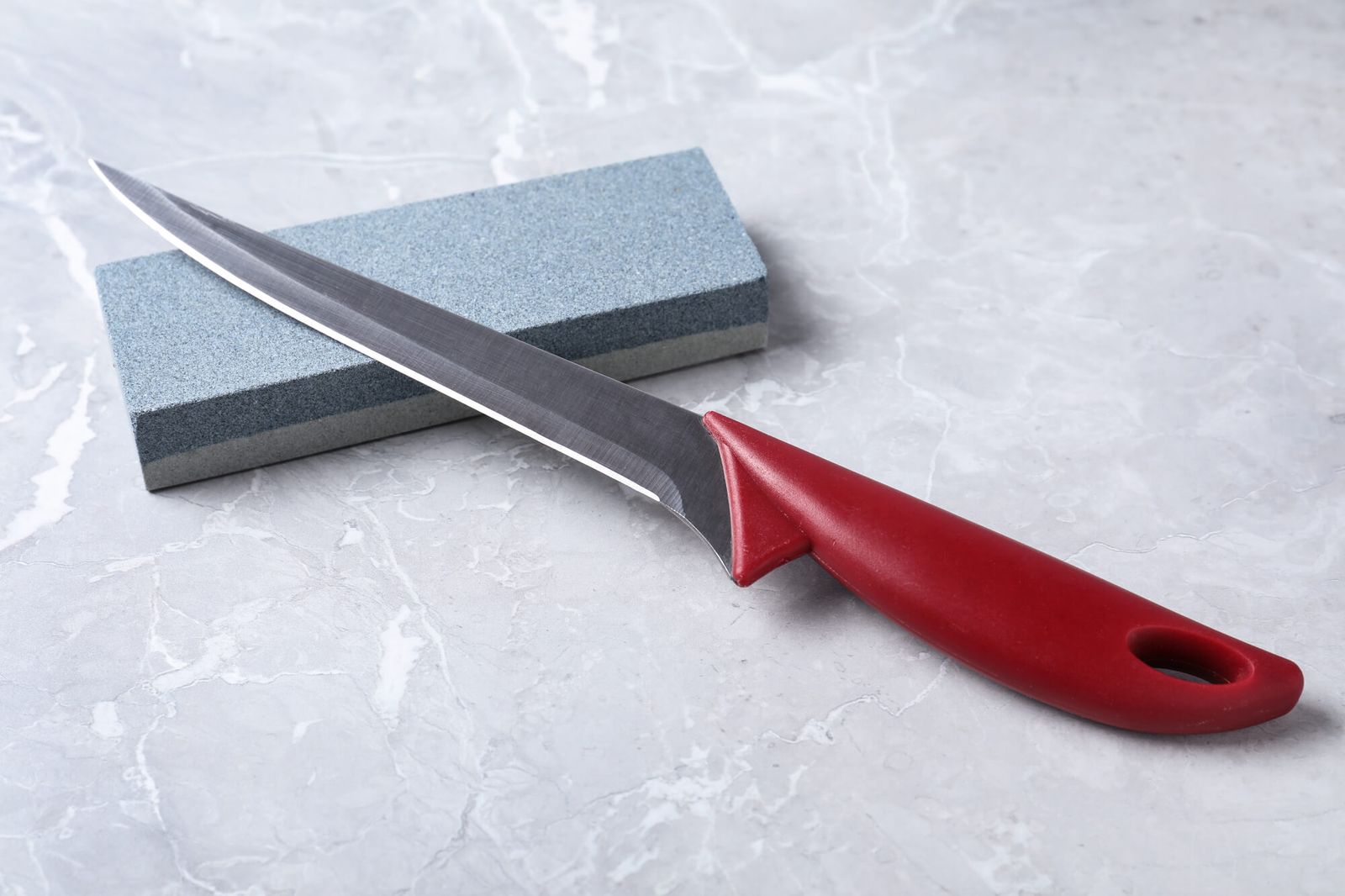A boning knife is an indispensable tool for both kitchen enthusiasts and professional chefs. Known for its narrow, sharp blade, this knife is perfect for intricate tasks like deboning meat. To ensure your boning knife serves you well for years to come, it's crucial to follow regular maintenance and proper sharpening procedures.
In this article, we offer a complete guide to caring for your boning knife, covering both maintenance and sharpening techniques.
Maintenance Tips
Cleaning Your Knife: Step-by-Step
Cleaning your boning knife immediately after each use is a non-negotiable step. Make sure to remove food particles, grease, and moisture using mild dish soap and warm water. Dry it promptly with a clean towel to minimize any chances of rusting.
Avoid Chemicals for Blade Integrity
It's crucial to avoid abrasive cleaners or harsh chemicals that could compromise your knife's blade. Instead, opt for mild dish soap and water, and use a non-abrasive sponge for cleaning.
Safe Storage Solutions for Your Knife
Proper storage is critical for maintaining your knife's sharp edge and ensuring safety. Investing in a knife block or magnetic strip is ideal. If you prefer drawer storage, a blade guard is a must to protect the blade and prevent accidents.
Handle Care: Keep It Fresh
Regular application of a small amount of food-safe mineral oil or wood conditioner can prevent the handle from drying out and extend your knife's lifespan.
Essential Sharpening Tips: Keeping the Edge
Understanding Blade Angles
Before you start the sharpening process, it's crucial to be familiar with your knife's blade angle. The angle usually ranges between 15-20 degrees, so consult the manufacturer’s guidelines for accurate sharpening.
The Right Tools for Sharpening
Quality matters when it comes to sharpening tools. Invest in a high-quality whetstone or a specialized sharpening system for precise results.
Consistency in Sharpening
Regular sharpening is essential for optimal performance. The frequency of sharpening depends on usage, but a good practice is to sharpen it every few uses or when performance declines.
Honing for Extended Lifespan
Honing the blade using a steel or ceramic rod is just as important as sharpening. It helps in realigning the blade's edge, prolonging the intervals between sharpening sessions.
Frequently Asked Questions
Should you oil your knife?
Yes, oiling your knife, particularly the handle if it's made of wood, can extend its lifespan. Food-safe mineral oil or wood conditioner is recommended for this purpose. Oiling the blade can also provide a protective layer against moisture, reducing the risk of rust. However, make sure to use oils that are safe for food contact.
Should a boning knife be flexible or stiff?
The choice between a flexible or stiff boning knife depends on your specific needs and the type of meat you're working with. A flexible boning knife is ideal for delicate tasks like filleting fish, while a stiff knife offers more control when deboning thicker, tougher meats like beef or pork.
Should a boning knife be curved?
A curved blade can offer better maneuverability, especially when making precise cuts or working around bones and joints. However, a straight blade can also be effective for certain tasks. The choice often comes down to personal preference and the specific tasks you'll be using the knife for.
What is special about a boning knife?
A boning knife is specially designed for removing bones from meat, poultry, and fish. Its narrow, sharp blade allows for precise cuts, making it easier to separate meat from bone without wasting much of the meat. The design of the knife, including its blade angle and handle, is optimized for control and precision, making it an indispensable tool in any kitchen.
Further Reading
- If you're interested in learning how to properly use a boning knife, we invite you to explore our article that offers a wealth of techniques and tips to enhance your skills.
- If you're eager to delve into our top suggestions for boning knives, take a look at our all-inclusive article that showcases the five best boning knives presently on the market.
- For more insights on how to make the most of your boning knife in various culinary tasks, be sure to check out the article 'Top Uses for a Boning Knife in the Kitchen' by FN Sharp.



